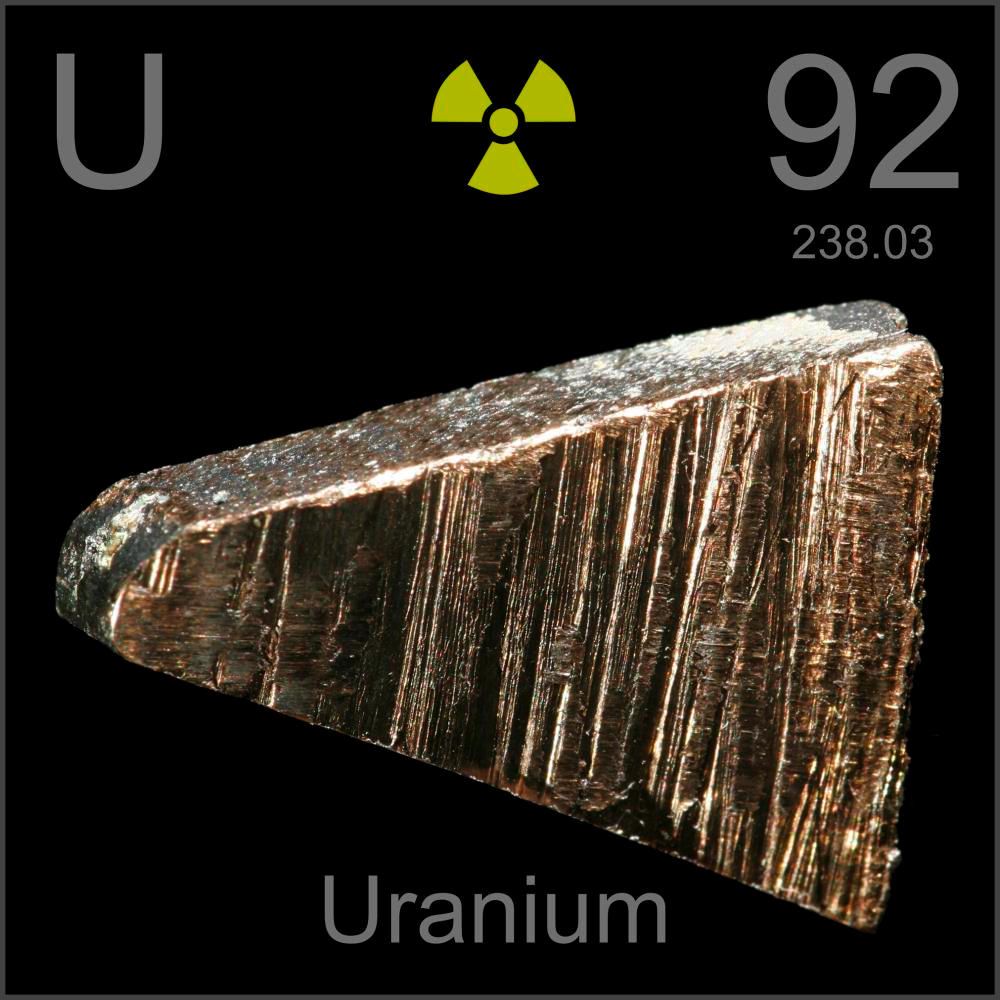It was designed to capture approximately 4,000 metric tons of carbon from the air per year, which, as one climate scientist, David Ho, put it, is the equivalent of rolling back the clock on just 3 seconds of global emissions.
first-of-its-kind demonstration plant
The article goes on to say that this plant isn’t really intended to have any serious climate impact itself, it’s more a small scale testbed to see how the technology works out in real world conditions and to try to improve and develop it further. So while it might be the world’s largest plant of the type currently, that’s only because nobody has actually built one on a useful scale yet.
Yep. For CDR to make a meaningful difference we need to both scale it up, and get down to near zero fossil fuel use
indeed. this tech is best thought of as being in the R&D stage. we’re gonna need enough clean energy to power ourselves and it too before it really makes a difference. we can throw excess renewables at it now, though.
JUST PLANT TREES
Also yes - but frankly we’re not in the position to just try one thing at a time, we’re very much at the point where we need to do anything and everything we can - trees are practical for areas with lots of space, but for areas where space is a premium tech like this could work better once it matures
The problem is that we have very limited time to reduce emissions. At least so far it is dermaticaly cheaper and easier to stop most emissions at the source than to use carbon capture later, and as the plants are being developed and built largely with funds that would have explicitly otherwise have gone to reducing emissions at the source, we are seeing more damage than we would have had we foucused on emissions first and only began throwing billions these sorts of projects once most of the low hanging fruit was accomplished.
The other problem is that plants like this explicitly why companies like BP and Shell are massively scaling up oil production, because don’t worry about it. We can sell more and more oil indefinitely because the taxpayer will be able to clean up the emissions later useing only far more taxpayer money than the oil that produced those emissions was ever worth.
Best we can do is WW3, sorry 😬





